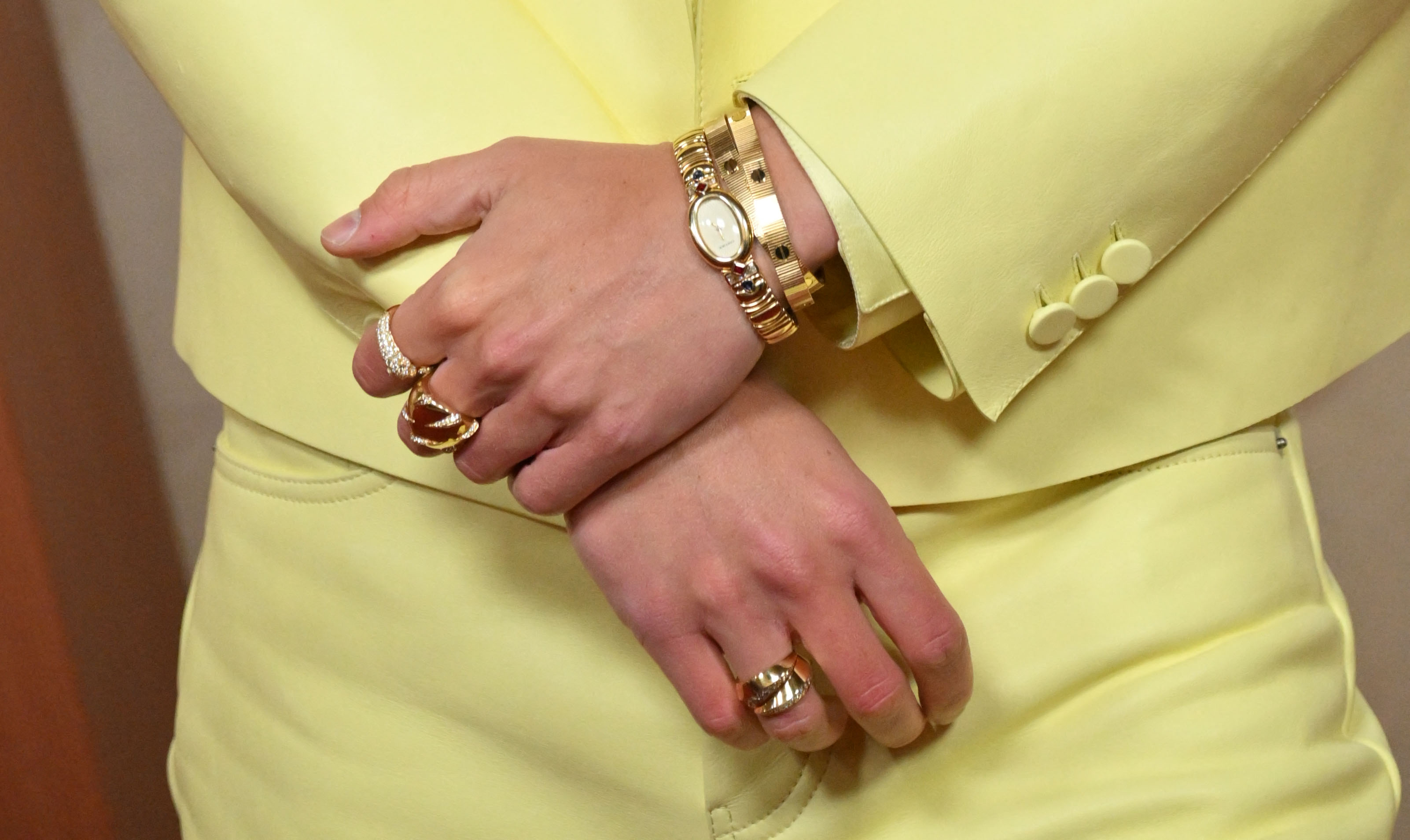Itsy Bitsy Teenie Weenie Yellow Polkadot Timepiece: Are men really wearing smaller watches?
Chris Hall questions whether the so-called-fashion for tiny tickers is as clear cut as it seems.


There is something called Betteridge’s rule of headlines, coined by technology journalist Ian Betteridge in 2009 (but recognised for much longer), that states that any journalistic headline posed as a question can be answered ‘no’. The thinking goes that if men were definitely, undoubtedly wearing smaller watches, we as journalists would confidently assert that they were, rather than asking. It’s such a sweeping generalisation, too: if there’s one thing I know about watch fans, it’s that no two are exactly alike. At worst, it sounds like the kind of fashion-forward magazine headline that will make the mainstream majority run a mile: ‘Should you be wearing more kaftans?’ ‘Are bucket hats the new baseball caps?’ and of course, the hardy perennials, ‘Is the suit dead?’ and, ‘Is the suit back?’ The truth, of course, being that for nearly everyone, the suit never went away in the first place.
A post shared by Cartier Official (@cartier)
A photo posted by on
The other off-putting thing that happens when style writers start talking about men wearing smaller watches is that exhibit ‘A’ for the hypothesis is usually a cast of men whose dress sense as a whole is far from typical. If Timothée Chalamet wears tiny little Cartiers or Audemars Piguet Royal Oaks, it is entirely in keeping with his elfin, whimsical persona and does not necessarily mean that your pal Steve who works in recruitment is going to follow his lead. However, the reality is that we’ve got a generation of masculine role models that’s more diverse than ever, and that’s to be celebrated. There was a time when hip-hop stars had to conform to a rigidly defined look, and a big watch — probably iced-out — was part of it; now Tyler, The Creator, or Bad Bunny wear obscure vintage dress watches, often of the kind last seen on European dowagers.
Still, it’s fair to say that these kinds of trendsetters haven’t shifted a generation of average blokes away from their Rolex Submariners and into dinky little cocktail-hour party pieces overnight. But what they have helped to do is relax some of the insecurity around watch size. So if the question were to become ‘are men, generally, becoming more comfortable with the idea that a watch does not have to be an overcompensating act of size-based status signalling?’ then the answer would be ‘yes’. Not quite such a snappy headline, is it? We must also acknowledge that the big watch still exists, and it’s not always a sign that the wearer feels inadequate in other areas. What we’ve really got today is more choice, and more acceptance of a plurality of styles.
Nevertheless, we have seen the brands that once served us little other than big watches feel the need to offer smaller options. At Watches & Wonders this year, A. Lange & Sohne released a 34mm version of its 1815 three-hand classic; Rolex gave us a 34mm Oyster Perpetual (as well as versions in 28mm, 31mm, 36mm and 41mm) that plenty of journalists came away enthusing over as the ‘sweet spot’ size. Montblanc downsized its Iced Sea diver, Bell & Ross introduced a 36mm BR-05, Oris had a 34mm Big Crown and IWC a 35mm Ingenieur. These would all have been unthinkable as men’s watches a decade ago.
We are seeing the same phenomenon among the high-end independent watchmakers as well: avant-garde specialist MB&F just released its smallest-ever watch, the SP1, an elegant, airy dome of skeletonised, open-worked mechanics measuring 38mm across. Collector favourite Berneron, whose debut design was right at the heart of 2024’s short-lived, but passionate fondness for stone dials and dress watches, is prepping its second release: a 37mm annual calendar designed to feel similar to mid-century Patek Philippe watches — because that’s what his target market is used to wearing.
Among hardcore watch geeks it’s no surprise that smaller diameters are in favour, because this is the crowd that loves vintage (always smaller) and is most reactive to trends, such as the shift away from dive watches and chronographs to dress watches. But what about mainstream buyers? Happily, we have some data here too. Pre-owned watch seller WatchFinder reported recently that sales of watches between 20mm and 30mm were up 35% over the last year, while watches sized between 40mm and 50mm were only up 11% in the same period. The company doesn’t distinguish between (stereotypically) men’s and women’s watches in its data, so the uptick in smaller sizes could have a gender bias. However, the company also told us that over the last three years, customers part-exchanging one watch for another consistently opted to go smaller more often than any other choice. Roughly 44% of part-exchange purchases saw customers trade in a bigger watch for a smaller one, compared with around 38% sizing up to something bigger and 17% staying at the same size. So maybe we’ve managed to contradict Betterdge’s law after all.
Exquisite houses, the beauty of Nature, and how to get the most from your life, straight to your inbox.
Chris Hall is a freelance writer and editor specialising in watches and luxury. Formerly Senior Watch Editor for Mr Porter, his work has been published in the New York Times, Financial Times, Esquire, Wired, Wallpaper* and many other titles. He is also the founder of The Fourth Wheel, a weekly newsletter dedicated to the world of watches.
